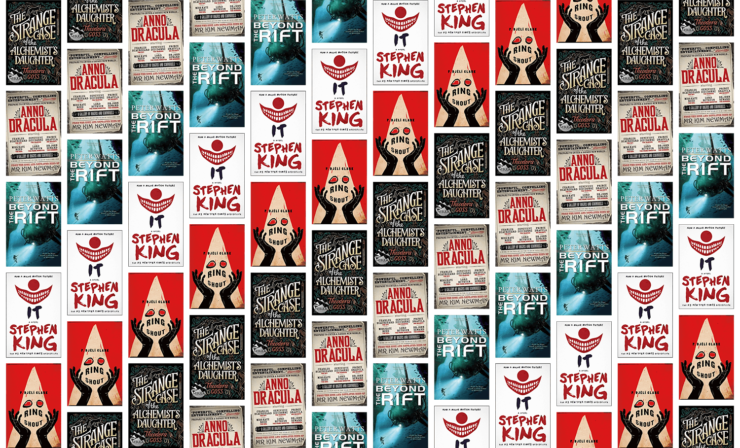Movie monsters made me.
King Kong and Karloff’s Frankenstein were my first heroes. Superman was cool but Godzilla had my whole heart.
Disney villains. Cartoon bad guys. Kaiju and martians and killer robots. They speak to something primal and exhilarating, the anarchic glee of rejecting everything society wants for us and expects of us.
And for many folks from marginalized communities, that identification is particularly keen. My relationship to Frankenstein’s Monster changed when I turned into a queer teen and homophobic bullying became my reality. His fear of the ignorant villagers with pitchforks and torches was suddenly horrifyingly relatable.
And for writers of science fiction, fantasy, and horror, movie monsters can leave traces as profound as those of any teacher or family member… to say nothing of the trauma caused when your dad let you see Alien and Aliens way too young, and ordered McRibs from McDonalds, which definitely made you puke and probably made you extra-inclined toward vegetarianism.
Or is that just me?
So it’s no surprise that they pop up regularly in some of the best genre books and stories. And I’m not talking about echoes and influence, like the zombies in Night of the Living Dead owing a deep debt to the vampires in I Am Legend, or Stephen King’s Cycle of the Werewolf engaging with the whole body of cinematic and literary lycanthropy. I’m talking actual IP: the ones that name names, that openly incorporate specific movie monsters.
Call it fanfic. Call it a highbrow literary tradition that goes back to antiquity, like how Shakespeare borrowed the plots of Othello, Romeo and Juliet, and many more from fiction by other authors of his time.
Wait—what’s that you say? Fanfic is itself a highbrow literary tradition that goes back to antiquity. Yes. Yes you did say that, and you were right.
Whatever you call it, it’s a fascination I’m particularly focused on, as I indulge in it myself fairly often. My short story “Things With Beards” imagines the aftermath of John Carpenter’s The Thing (1982), where a (closeted) MacReady returns to a New York City haunted by the fear that he’s become something monstrous. And my story “Shattered Sidewalks of the Human Heart” follows a gay Jewish cabbie in 1939 New York, six years after King Kong’s rise and fall. How would the world have been changed by something so magnificent? Both stories are in my collection Boys, Beasts, & Men, which comes out from Tachyon this week.
So, without further shameless self-promotion ado, here are five books where writers took real movie monsters out for a spin, and created something new and wonderful.
Anno Dracula by Kim Newman

Kim Newman knows how to have fun with his monsters. This wild freewheeling ride corrects one of literature’s most egregious character betrayals: we’re to believe Dracula spent centuries planning his conquest of London, only to fall for the first pure pale British lady he meets and get totally busted? Nah. Newman’s Dracula killed Van Helsing and his friends; charmed and turned Queen Victoria—who he keeps on a literal leash—and he rules the Empire with a bloody fist. The book is jam-packed with cameo appearance from your favorite movie monsters: Count Orlock from Nosferatu, Prince Mamuwalde from Blacula, Countess Marya Zaleska from Dracula’s Daughter, and innumerable others. Oh, and—along the way, it also tells a hell of a story.
Ring Shout by P. Djèlí Clark
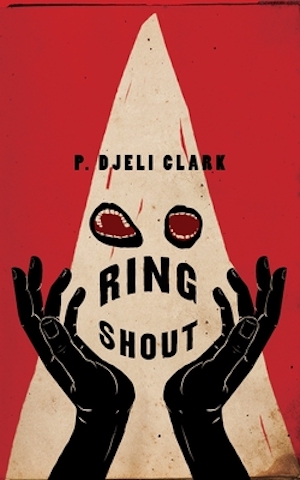
Birth of a Nation hasn’t historically been considered a monster movie by conventional genre classification, but its horrific impact on American history can’t be overstated: revitalizing the Ku Klux Klan and inspiring racists across America to engage in unspeakable violence. Clark’s Nebula and Locus-Award winning novella turns the metaphor literal, with the film functioning as an actual demon-summoning ritual—and features an incredible crew of bad-ass bootlegging sword-wielding Black women demon slayers cleaning up after D.W. Griffith’s cinematic monstrosity (which was screened at the White House! And became the first blockbuster! And created the feature film as we know it—proving that racism has been built into the very DNA of Hollywood storytelling from the start). Speaking as a former Cinema Studies major, it was profoundly satisfying to see this odious icon of movie-making treated like the toxic monstrosity that it is.
IT by Stephen King
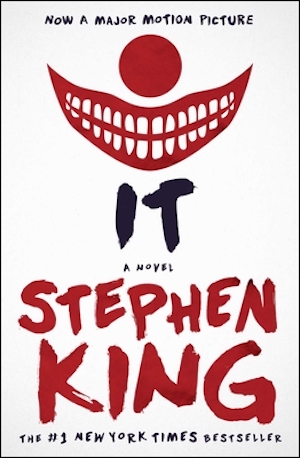
Pennywise is an original creation, but King’s (canonically-female) monster takes on the form of whatever scares you the most: so of course she shows up as the Gill-Man from Creature from the Black Lagoon, and Karloff’s iconic Frankenstein, and even the title character from I Was a Teenage Werewolf!, complete with letterman’s jacket. It’s a powerful illustration of the way movie monsters mold our fears and shape our entire identities when we’re growing up–and Pennywise would go on to become an iconic movie monster (and formative fear) for a whole new generation, which is why this book is—for my money—the greatest horror novel (I just wish there wasn’t THAT ONE SCENE (if you know the book you know the one I mean (why Stephen why))).
The Strange Case of the Alchemist’s Daughter by Theodora Goss
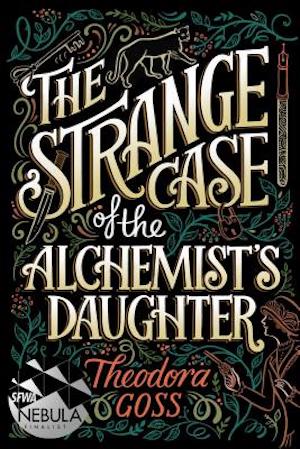
This brilliant fast-paced romp plays fast and loose with OPIP (Other People’s Intellectual Property… you know… like the song?), for an exhilarating story that finally centers the women who were pushed to the sides of (or were completely absent from) the most genre-defining monster tales and movies: Dr. Jekyll’s daughter Mary, Justine (“The Bride”) Frankenstein, Dr. Moreau’s creation Catherine, Beatrice from Rappaccini’s Daughter, Lucinda Van Helsing, and more. And while the mad scientists and misunderstood geniuses of the source texts were lone wolves haunting remote castles and islands, the true feminist power of the women who populate Goss’s brilliant book (the first in a must-read trilogy) lies in the strength they find in community and collaboration.
“The Things” by Peter Watts (Collected in Beyond the Rift)
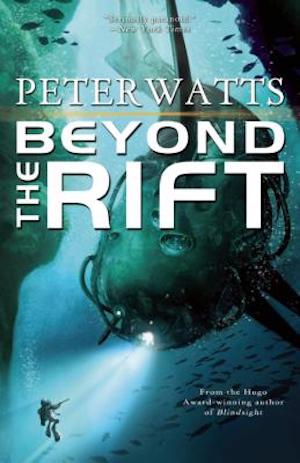
Reimagining John Carpenter’s 1982 masterpiece The Thing from the point of view of the bloodthirsty shapeshifting alien, Watts made it into a harrowing send-up of the colonialist mentality: the Thing is incapable of seeing what makes its victims unique or different or special, and perceives only “thinking cancers” that must be brutally subjugated. It preserves everything that’s scary and horrific about the movie, while adding a deeper layer that digs into questions the film had neither the space nor the chutzpah to tackle.
This story rocked my world. And it gave me permission to go there myself, with my own (super gay) The Thing fanfic, “Things With Beards” (which, NBD, was a nominee for the Nebula and the Shirley Jackson Awards).
So go read Watts’ story! AND THEN READ ALL OF THESE BOOKS. And then go watch some great monster movies, and get inspired to write your own masterpiece monster mash-up.
Buy the Book
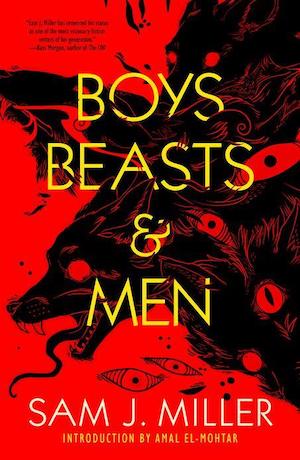

Boys Beasts & Men
Sam J. Miller is the Nebula-Award-winning author of The Art of Starving (an NPR best of the year) and Blackfish City (a best book of the year for Vulture, Entertainment Weekly, and more). A recipient of the Shirley Jackson Award and a graduate of the Clarion Writers’ Workshop, Sam’s short stories have been nominated for the World Fantasy, Theodore Sturgeon, and Locus Awards, and reprinted in dozens of anthologies. A community organizer by day, he lives in New York City. His latest novel, The Blade Between, is available from Ecco.










